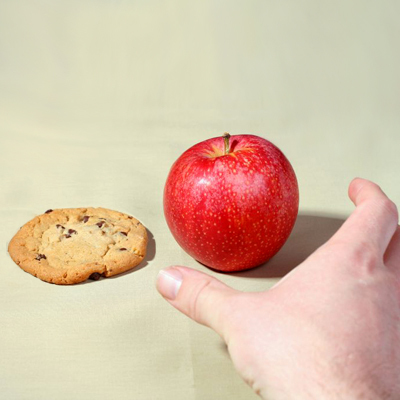
There?s no getting around the fact that we are a prediabetic society with an obesity epidemic. While we do hate to bring these facts up in November, a month when most families give thanks over a rich meal and look forward to a lazy, indulgent holiday season. But this also happens be National Diabetes Month. And choosing the right food is crucially important to people with diabetes.
About 24 million Americans are believed to have diabetes, and nearly 6 million don?t know it. Another 57 million are thought to have prediabetes, a condition that boosts risks for diabetes, heart disease, and stroke. If current trends continue, 1 in 3 U.S. adults will develop diabetes by 2050.
If you don?t want to become a statistic, experts say you should start making small changes to your diet and lifestyle as soon as you can. High blood sugar silently damages the body, even if you don?t?feel?it. Having a normal, healthy weight by itself can reduced the risk of developing diabetes by 60 to 70 percent, and eating a healthier diet can slash your risk by 15 percent, says?Jarad Reis, a researcher from the U.S. Division of Cardiovascular Sciences at the National Heart, Lung, and Blood Institute.
Here are some easy changes to make now:
End Portion Distortion
When you have type 2 diabetes, you need to gauge portion sizes correctly, so you know how many calories and carbohydrates you?re taking in and how they will affect your blood sugar. A 2004 study of 329 overweight people found that 38% of those who practiced portion control for two years lost 5% or more of body weight, compared with 33% of participants who did not (they gained 5% or more of body weight).
Eat More Fiber?
Fiber itself doesn?t raise blood sugar because it can?t be digested, and that?s good. But even better, it can blunt the impact that carbohydrates have on blood sugar. The reason? The intestines take a bit more time to digest fiber-rich foods, and that slows the release of glucose into your bloodstream.?A 2000 study of 13 patients showed that patients with diabetes who consumed 50 grams of fiber each day lowered their glucose levels 10% and insulin levels 12% more than those who consumed 24 grams of fiber a day.?The problem is that 50 grams of fiber per day is a lot of fiber. Most Americans consume only 15 grams every day, according to the American Heart Association, and the American Diabetes Association recommends that people with diabetes eat 25 to 50 grams daily.
Space Your Meals
Choosing the right kind of carbohydrates and spacing them out evenly throughout the day can keep blood sugar from rising too high, too fast (90% of the carbohydrate calories you digest end up as glucose, so they have a much bigger impact on blood sugar than fat or protein).??The goal ? is to take in enough carbohydrates to nourish ourselves, but never so much that it causes high blood sugars,? says Linda Sartor, a diabetes nutrition specialist at the Penn Rodebaugh Diabetes Center at the Hospital of the University of Pennsylvania in Philadelphia.
Get Some C
A European study found that people with the most vitamin C in their bodies had the lowest incidence of diabetes, although the link isn?t clear. Fruits and veggies like oranges, strawberries, and broccoli are the best sources of C.
Spice It Up
Researchers from the University of Georgia tested 24 common herbs and spices and discovered that their antioxidants could prevent inflammation associated with diabetes. Cloves and cinnamon both got high rankings.
?
Source: http://news.health.com/2012/11/01/why-we-all-need-to-eat-a-pre-diabetes-diet/
amber portwood Phyllis Diller Darla Moore newsweek Tony Scott UFC 151 empire state building
No comments:
Post a Comment